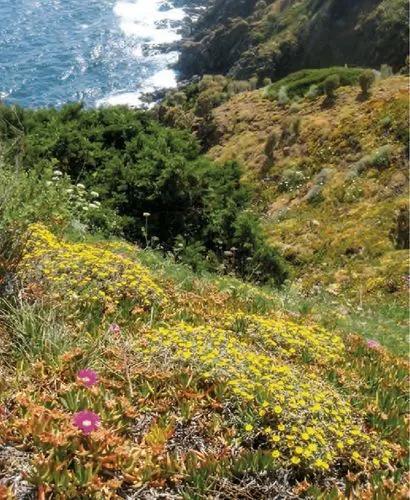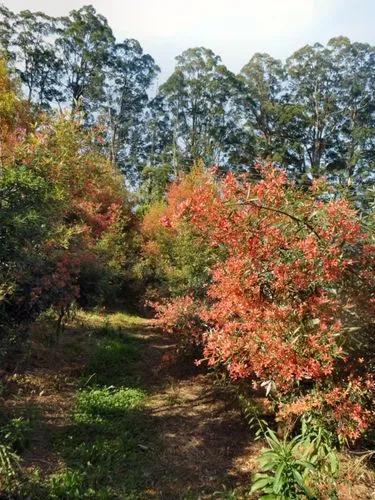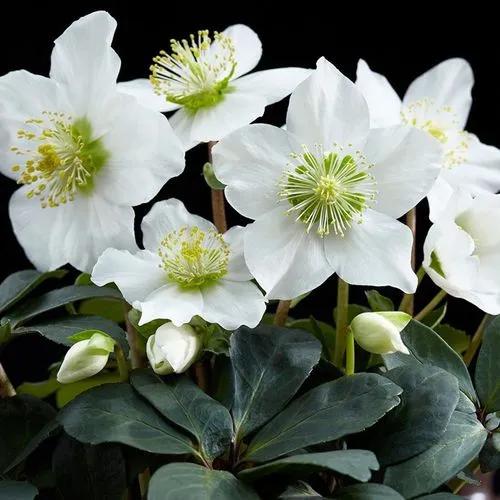Clematis montana is an early flowering plant of the genus Clematis. A vigorous deciduous climber, in late spring it is covered with small blooms for a period of about four weeks. The flowers are white, four-petalled, with prominent yellow anthers.
Himalayan clematis Care
Clematis montana



Himalayan clematis is a vigorous climber from the Himalayas, with delicate nodding pale-yellow bell-shaped flowers with recurved sepals. The flowers are somewhat hidden behind the rather big leaves. This Clematis is distinguished by its leaf-stalks fused at base, forming large flat disks. Leaves are pinnate - leaflets oval-lancelike to heart-shaped, sharply irregularly toothed, hairless. The bell-shaped flowers occur in branched axillary clusters, and have pale yellow anthers. Flowers are mildly sweet scented. Himalayan Clematis is found in the Himalayas, from Pakistan to China, at altitudes of 1800-3300 m.
How to Care for the Plant

Water

Water weekly for the first season, to help the plant get established. If you can get your clematis through its first year, chances are good that it will continue to thrive.

Fertilizer

Feed your plants well to keep them healthy and vigorous. In early spring, surround the plant with a shovelful of compost and a handful of granular organic fertilizer. Feed again, once or twice during the growing season, with a water-soluble organic fertilizer.

Sunlight

Clematis are happiest with cool shade at their roots and warm sun on their foliage.

Soil

Clematis prefers moist, well-drained soil that's neutral to slightly alkaline in pH. If your soil tends to be acidic, you should sweeten it periodically with limestone or a little wood ash. Mulching around the base of the plant will help conserve moisture, but keep the mulch several inches away from the crown, where the vines emerge from the soil.

Temperature

Clematis grow and bloom much better if they have a dormant period of approximately six weeks. Night temperatures of about 45°F (7.5°C) or colder for a week or more seems to put them into dormancy. The plant can be grown in the areas with the lowest winter temperatures of -15 to -10°C.

Popularity

985 people already have this plant 169 people have added this plant to their wishlists
Discover more plants with the list below
Popular articles






